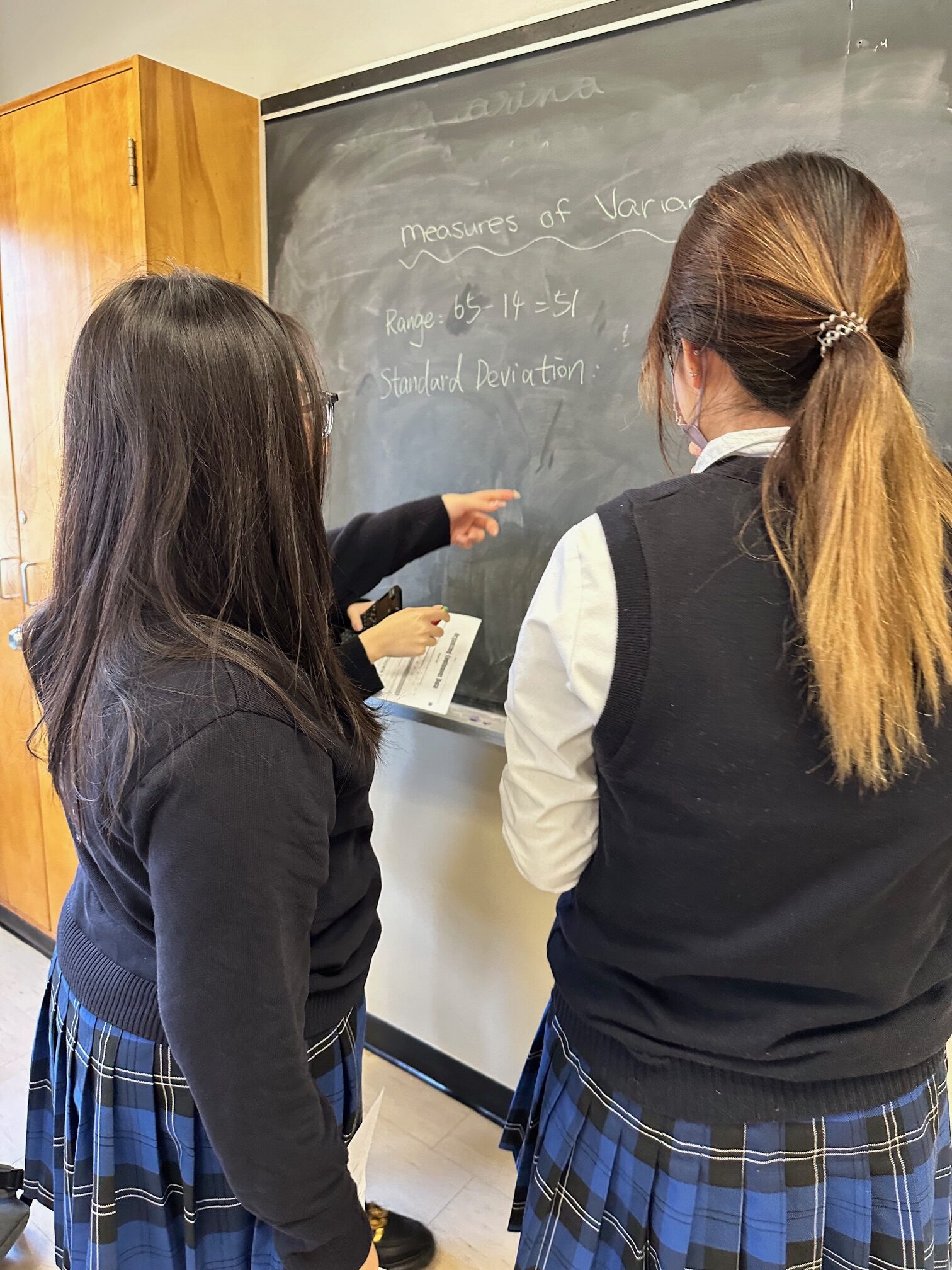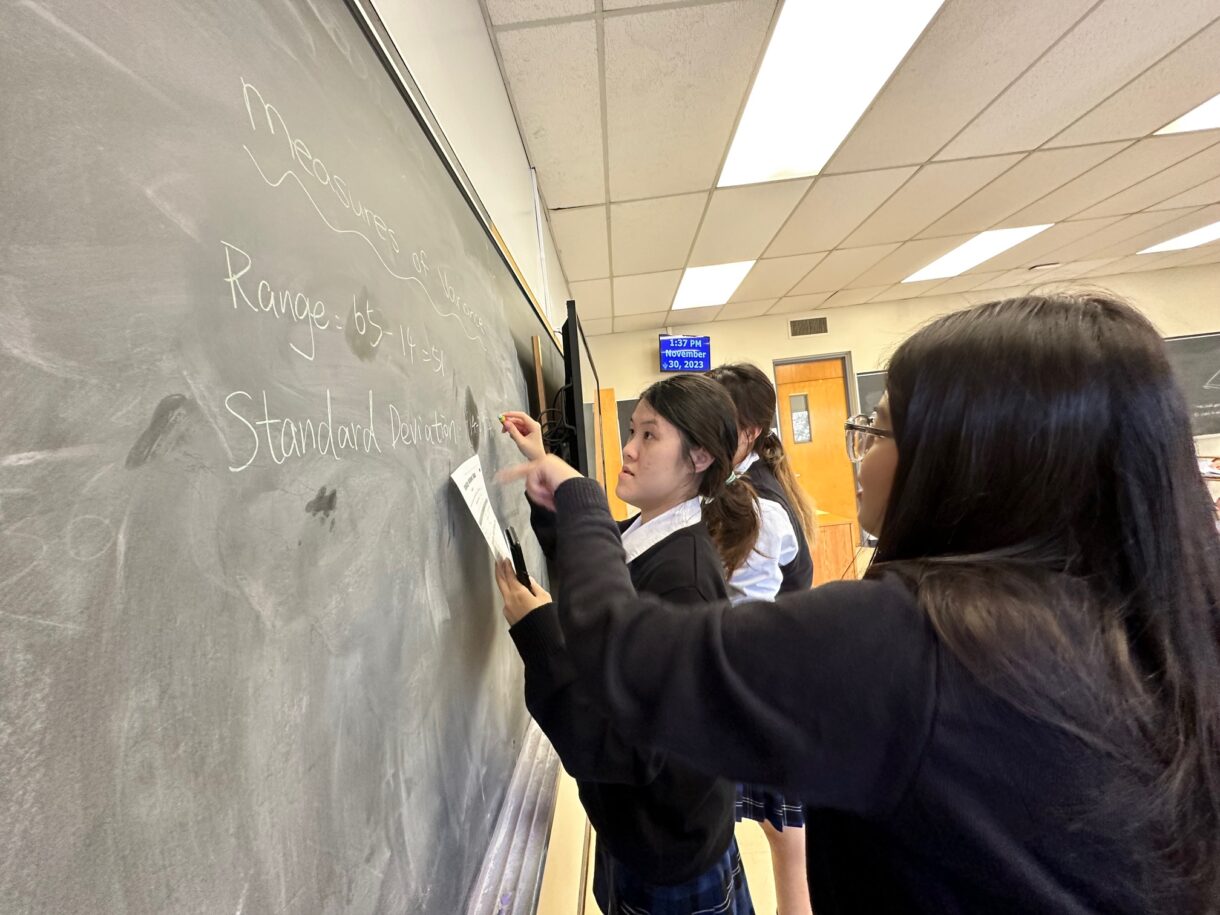Unveiling the Power of a Thinking Classroom: Fostering Critical Thought and Engagement
In the realm of high school education, mathematics often stands as a pivotal subject that can instil critical thinking, problem-solving skills, and logical reasoning. However, traditional teaching methodologies sometimes fall short in nurturing a genuine understanding and passion for problem solving among students. The rote repetition and pages upon pages of practice problems we were accustomed to have been proven to be ineffective; students demonstrated a solid understanding of specific problems, but experienced difficulty when applying this understanding to new and different concepts. Enter the "thinking classroom," an innovative pedagogical approach that leverages current educational research to transform the landscape of education.
The essence of a thinking classroom lies in its departure from the conventional teacher-centric model. Instead, it embraces a student-centred environment that encourages active engagement, collaboration, and the development of higher-order thinking skills.
At the heart of this approach is the belief that students learn best when they are actively involved in constructing their understanding of mathematical concepts rather than being passive recipients of information. Driven by this principle, educators in thinking classrooms aim to cultivate a culture of inquiry and exploration, where students are encouraged to ask questions, articulate their reasoning, and engage in meaningful discourse.
Research in education has consistently highlighted the benefits of such an approach. Studies have shown that classrooms fostering critical thinking and collaborative problem-solving skills lead to deeper conceptual understanding and increased retention of mathematical concepts among students. Furthermore, students in these environments exhibit enhanced confidence in their mathematical abilities and a greater willingness to tackle challenging problems. In "Building Thinking Classrooms: Conditions for Problem Solving," Peter Liljedahl discusses transforming traditional classrooms into spaces that foster critical thinking and problem-solving skills. Liljedahl advocates for a shift from teacher-centred instruction to student-centred learning environments that promote collaborative problem-solving.
Liljedahl emphasises three key conditions necessary for cultivating problem-solving abilities:
Spaces for Thinking: These classrooms are designed to facilitate student interaction, encouraging dialogue and collaboration. Desks are arranged in specific formations (like a U-shape) to promote engagement and allow for easier communication among students.
Routines for Thinking: Specific routines and strategies are implemented to encourage problem-solving. These include tasks such as vertical non-permanent surfaces (VNPS) where students can work collaboratively on vertical surfaces like whiteboards, allowing for easier sharing and building upon ideas.
Patterns for Thinking: Students are encouraged to recognize patterns in their problem-solving approaches. This involves the use of low-floor, high-ceiling tasks that are accessible to all students yet offer challenges to extend their thinking.
This framework aims to create an environment where students actively engage with mathematical or problem-solving tasks, collaborate with peers, and develop deeper conceptual understanding through repeated exposure to problem-solving techniques. The benefits of a thinking classroom are profound. It nurtures not just mathematical proficiency but also critical thinking, creativity, and a growth mindset among students. By fostering an environment where students actively engage with concepts, collaborate with peers, and reflect on their thinking processes, educators pave the way for a generation of confident and agile adults, who are poised to tackle the challenges of an increasingly complex world.- Tara O'Neill, Mathematics & Business




